If you are looking for a different human pose estimation network , I would highly recommend the MxNet GluonCV framework (https://gluon-cv.mxnet.io/model_zoo/pose.html). It is very simple to use and also contains many different pose estimation networks that you can try and compare tradeoff between accuracy and speed. For example, to use it you can do (Taken from the tutorial page):
from matplotlib import pyplot as plt
from gluoncv import model_zoo, data, utils
from gluoncv.data.transforms.pose import detector_to_alpha_pose, heatmap_to_coord_alpha_pose
detector = model_zoo.get_model('yolo3_mobilenet1.0_coco', pretrained=True)
pose_net = model_zoo.get_model('alpha_pose_resnet101_v1b_coco', pretrained=True)
# Note that we can reset the classes of the detector to only include
# human, so that the NMS process is faster.
detector.reset_class(["person"], reuse_weights=['person'])
im_fname = utils.download('https://github.com/dmlc/web-data/blob/master/' +
'gluoncv/pose/soccer.png?raw=true',
path='soccer.png')
x, img = data.transforms.presets.yolo.load_test(im_fname, short=512)
print('Shape of pre-processed image:', x.shape)
class_IDs, scores, bounding_boxs = detector(x)
pose_input, upscale_bbox = detector_to_alpha_pose(img, class_IDs, scores, bounding_boxs)
predicted_heatmap = pose_net(pose_input)
pred_coords, confidence = heatmap_to_coord_alpha_pose(predicted_heatmap, upscale_bbox)
For accuracy comparison for example, their AlphaPose with Resnet 101 network is significantly more accurate than OpenPose (You can find more accuracy benchmarks from the link above). A caveat, is however understanding the difference between types of these networks such as implementing Bottom-Up and Top-Down approach since it can affect the inference speed at different scenarios.
For example, the runtime of the top-down approaches is proportional to the number of detected people, it can be time-consuming if your image has a crowd of people.
